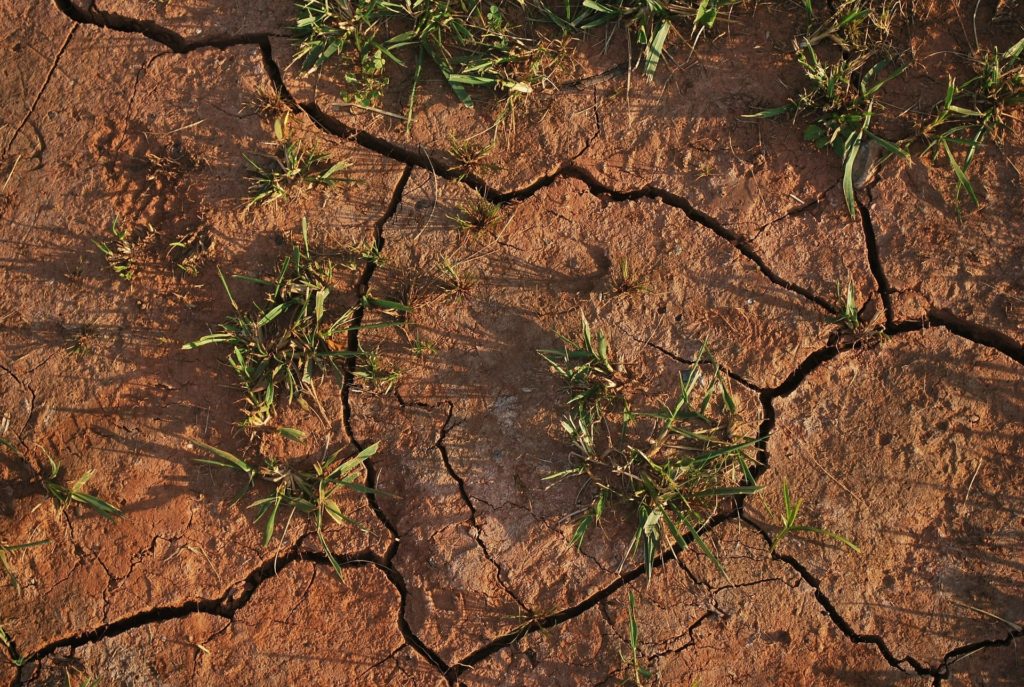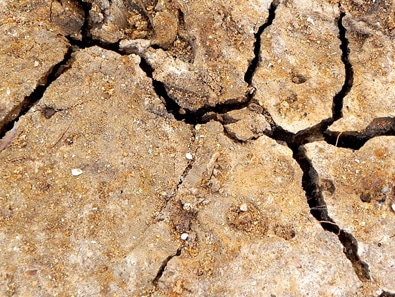Hot, Dry Weather Can Impact Your Home’s Foundation
Summer is in full swing. The hot, dry weather can impact your home’s foundation. But how can it affect your foundation? We will teach you about the problems with heat on your foundation.

Soil Shrinkage
When the temperature gets hot and dry, the soil becomes dehydrated. Typically, the soil around your home’s foundation is slightly moist. When it becomes dehydrated, the soil shrinks and moves due to gravity. The soil is then unable to support your foundation causing the foundation to settle. Basically, everything begins to move downward during these dry periods.
Hot, Dry Weather & Sinking Foundations
A home’s foundation will settle until it finds support again, which mean the longer the area is dry, the more your foundation will settle. Dry soil under your home begins to move, and your home’s foundation will move until it has soil to support it again. As a result, the foundation and home can tilt in the direction of where the foundation is sinking. So, one corner or side of your foundation can sink further than other parts. That’s why hiring a professional is so important. They can determine exactly how far your foundation has settled and where.
Water Evaporation in Concrete
Does your home have a new concrete or slab foundation? With warm temperatures, water will evaporate out of the concrete. This can lead to cracks and water getting inside the cracks.
Foundation Repair Options for Shrinking Soil

To prevent further damage caused by shrinking soil movement, foundation repairs become necessary. Whether it is helical tiebacks during the spring rains or steel push piers in the heat of the summer, slowing or stopping the movement is the key to preventing major structural damages. Foundation repair methods are successful when they move the bearing surface of the foundation to soils that are not affected by moisture changes in the upper levels of soils. By bearing on deep soils the foundation remains stable and less affected by active soils.
As the temperatures increase in your area, keep an eye on soil moisture levels and any new cracks in your home. These are signs of future movements and potential foundation problems. While some will tell you that you can reverse the effects of drying soils with soaker hoses, the amount of water necessary to do this is usually unpractical. A simple one-inch rain that falls on a 1,500 square foot roof equals nearly 1,000 gallons of water. When you add in the water that falls on your lawn it is simple to see replacing this quantity of water becomes very difficult and expensive.
If you are experiencing hot temperatures where you live, your home may have foundation damage. Call a professional and ask for a foundation inspection. They can ensure that your home’s foundation is strong and stable, keeping your family safe.
